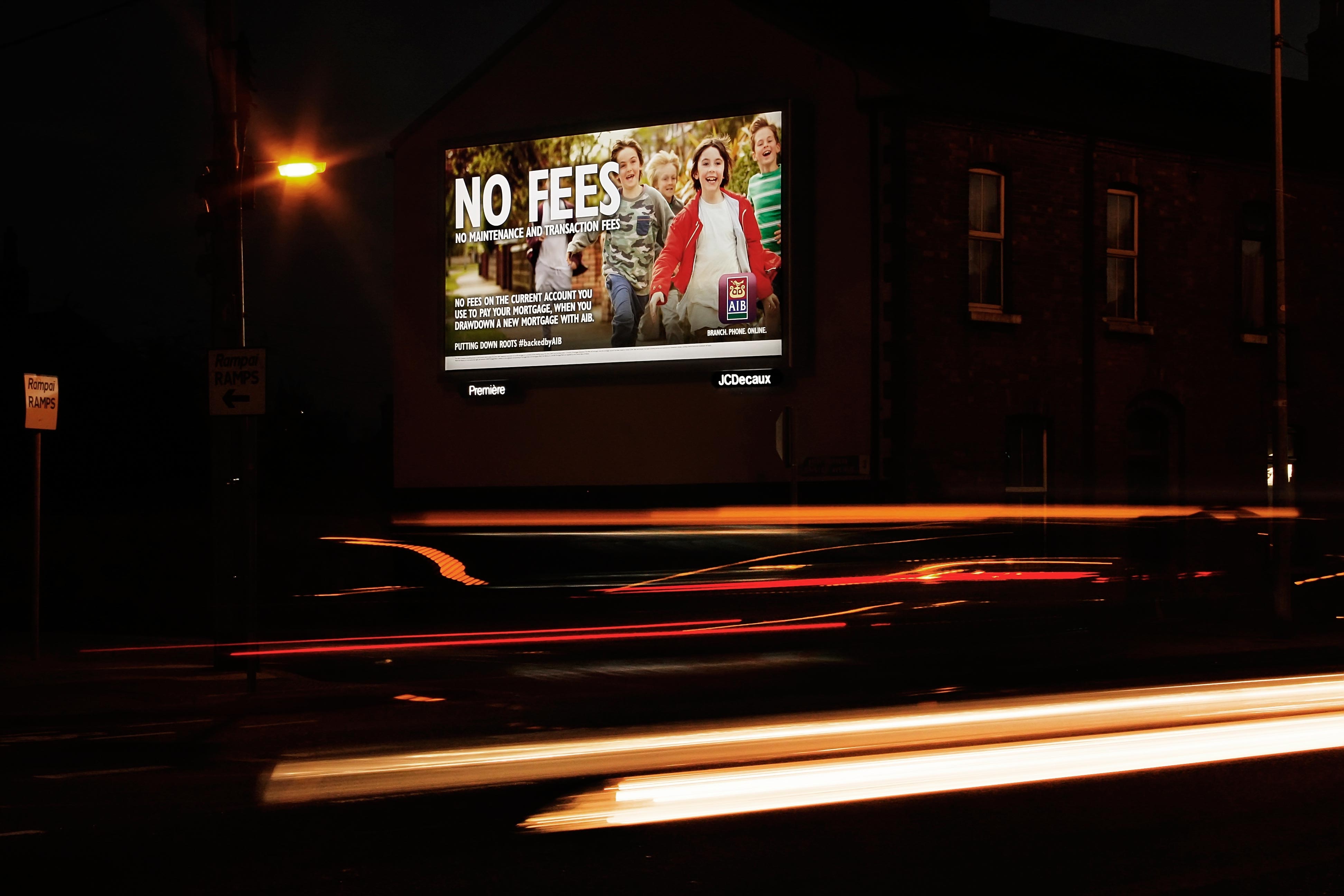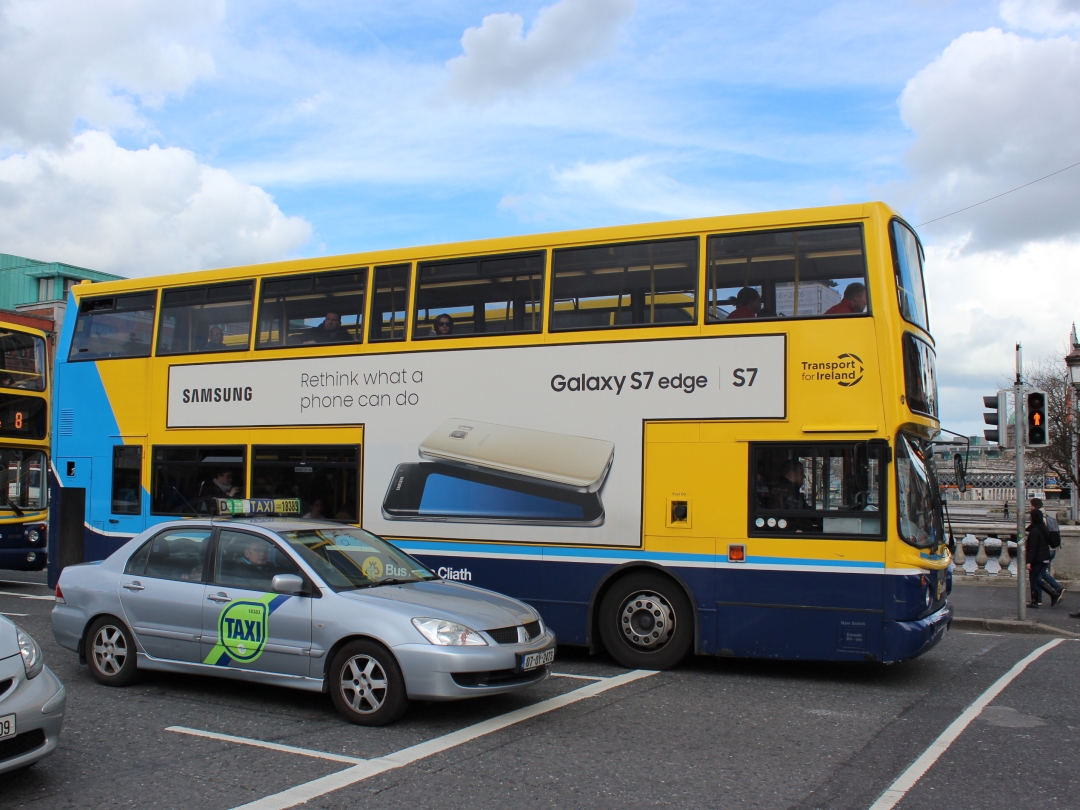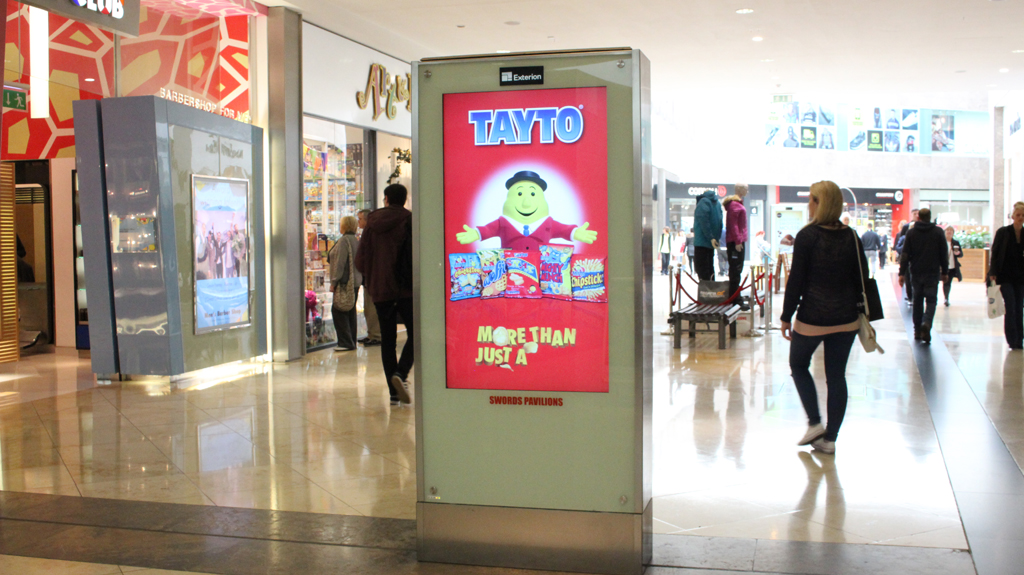 Access to quality data will become increasingly important to delivering on the possibilities that OOH can deliver and this includes better consumer data, writes Colum Harmon.
Access to quality data will become increasingly important to delivering on the possibilities that OOH can deliver and this includes better consumer data, writes Colum Harmon.
Optimism and confidence is the order of the day within the Out of Home (OOH) sector as we find ourselves in the strongest position we’ve been in in almost a decade. Q2 2016 saw OOH register its fifth consecutive quarter of growth and we expect 2016 to be the busiest on the medium since 2007.
The upturn for the medium has been quick and steep. So, what’s driving demand? Well, a number of factors are at play. These include improved quality of plant, an expanding portfolio of advertising opportunities within the sector (particularly on the digital side), and highly competitive advertising categories such as telecoms and supermarkets who use the medium extensively.
But our audience is also growing. Public transport figures are on the rise again. Dublin Bus, for instance, recorded a 3.1% rise in passenger numbers for 2015. Recent figures from TomTom indicate traffic congestion in Dublin is among the worst in Europe (not the best thing for the city and its commuters but a selling point for OOH regardless). Also, the nature of the medium means it’s ‘always on’ so we have not had the issues of ad avoidance and fragmentation that other media have been affected by.
 Increased flexibility with regard to buying OOH is an added attraction for advertisers. Digital screens now outnumber traditional 48 Sheet billboards and these formats offer opportunities to get on OOH at shorter notice and for periods outside the traditional two week OOH cycle.
Increased flexibility with regard to buying OOH is an added attraction for advertisers. Digital screens now outnumber traditional 48 Sheet billboards and these formats offer opportunities to get on OOH at shorter notice and for periods outside the traditional two week OOH cycle.
As a result of our communication and training programmes for clients and media buyers, we find that decision makers are now much more clued in as to the variety and specialised nature of many of the OOH formats available today. Advertisers are quite prepared to mix and match formats in different environments to communicate with a mobile audience. Some bigger campaigns can have ten or more individual formats at work for them at any one time. More than half of all OOH campaigns these days are multi-format and in most of these cases it means 3-5 formats combining to reach audiences at various touch points in a normal day, be it commuting, working, exercising, shopping or socialising.
Recent years have seen a major push by OOH stakeholders in improving the quality of the medium. Even throughout the harshest years of the downturn in the OOH market, media owners steadily improved and replaced existing formats in response to the demands of the advertising community. Upgraded bus shelters, Metropoles, Metropanels, Commuter Squares and HD posting on 48 Sheets are all good examples. In 2015 this process was continued further with the introduction of JCDecaux’s Première format.
The high quality back lit units have replaced a number of 48 Sheet and 96 Sheet prismatic sites at various key locations in Dublin and other main cities. The Première panels are incredibly popular among advertisers and have been very well received. The number of these backlit, high quality units is set to triple in 2016 as both Clear Channel and Exterion Media enter this space. 2016 has also seen the introduction of CAPITAL T-Sides by Exterion Media onto Dublin Buses. The improvement of classic OOH formats will continue and make it more attractive to advertisers but it is the more intelligent and data-led use of digital OOH formats that’s undoubtedly the next big thing.
 The further evolution of the digital space in the market will bring the medium to the next level. Emerging technologies mean that more localised and targeted buying is now possible. At a basic level this might mean copy changes depending on time of day or weather in a specific location. At a more complex level, it may mean buying OOH panels based on knowledge of mobile web activity or social media listening in a geographic location. Data, but more importantly, quality data will be important to delivering on the possibilities that now exist. Better consumer data – on their interests, their movements and their spending, will make for better and more targeted campaigns in the future.
The further evolution of the digital space in the market will bring the medium to the next level. Emerging technologies mean that more localised and targeted buying is now possible. At a basic level this might mean copy changes depending on time of day or weather in a specific location. At a more complex level, it may mean buying OOH panels based on knowledge of mobile web activity or social media listening in a geographic location. Data, but more importantly, quality data will be important to delivering on the possibilities that now exist. Better consumer data – on their interests, their movements and their spending, will make for better and more targeted campaigns in the future.
So, things look positive for the short/medium term for OOH. Demand is strong and the OOH product is better than ever. The medium in an excellent position to attract advertisers and compete with all other media on criteria such as scale, accuracy, value and flexibility. We will continue to push on with the momentum that exists to change the medium for the better. Out of Home is a dynamic ecosystem and our challenge is to find the best solutions in connecting consumers and brands in this environment.
Colum Harmon is marketing director with PML Group.
First published in Irish Marketing Journal (June 2016)© to order back issues please call 016611660




















